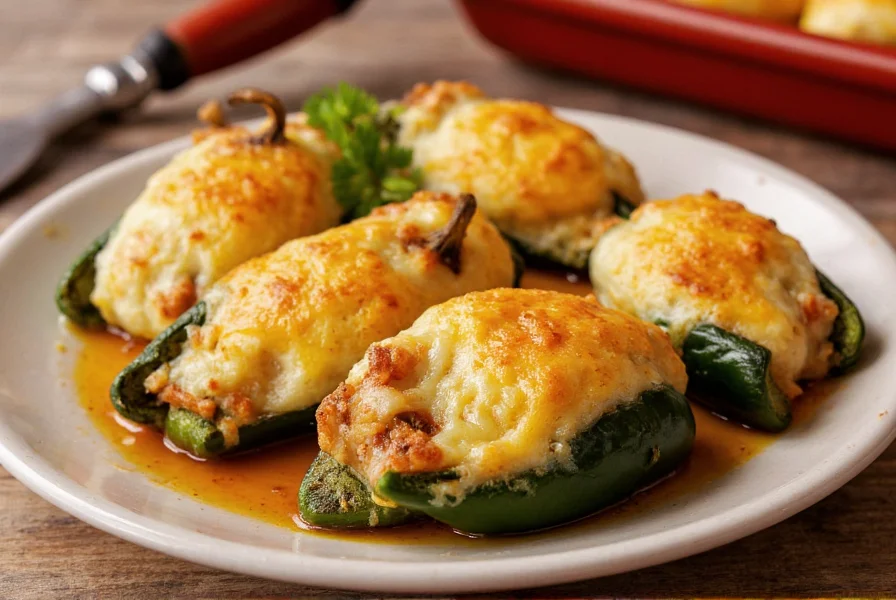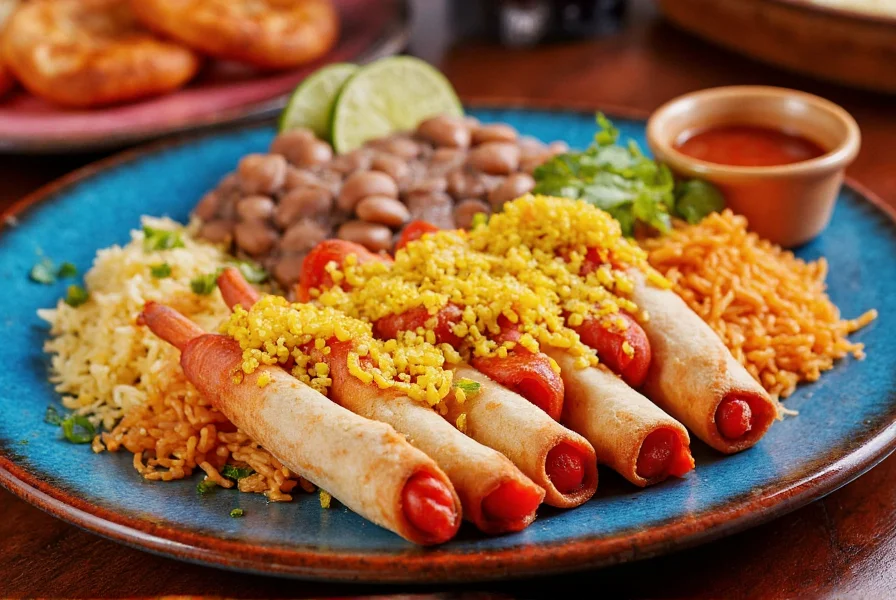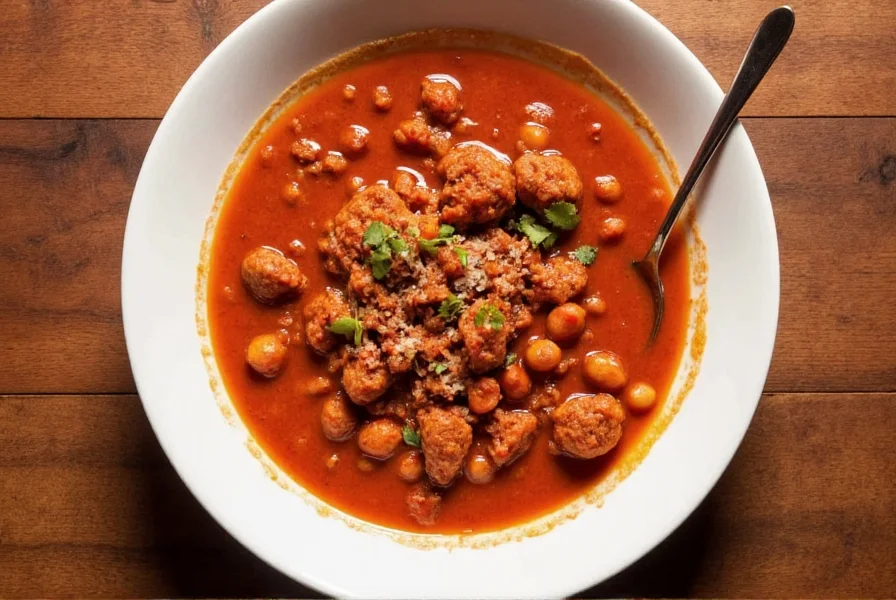Despite frequent misspellings like "chili rellano," the correct term is chili relleno (meaning "stuffed chili" in Spanish). This iconic dish showcases the perfect balance of smoky roasted poblano peppers, melted cheese, and delicate egg batter that creates a culinary experience cherished across generations.
The Authentic Origins of Chili Relleno
Chili relleno traces its roots to 16th century Puebla, Mexico, where Spanish nuns at the Santa Rosa convent first created this ingenious dish. They developed the technique of roasting and peeling poblano peppers, stuffing them with cheese (often queso fresco or Oaxaca cheese), and coating them in a light egg batter before frying. This culinary innovation transformed simple ingredients into an elegant dish that eventually became a national treasure of Mexican cuisine.
Essential Ingredients for Authentic Preparation
The magic of traditional chili relleno lies in its carefully selected components:
| Component | Traditional Options | Modern Variations |
|---|---|---|
| Peppers | Poblano (mild heat) | Anaheim, jalapeño (for more heat) |
| Cheese | Queso fresco, Oaxaca | Monterey Jack, vegan cheese alternatives |
| Batter | Egg white foam | Beer batter, gluten-free alternatives |
| Sauce | Tomato-based ranchero | Mole, tomatillo verde |

Mastering the Traditional Preparation Technique
Creating authentic chili relleno requires specific techniques that transform simple ingredients into culinary art. The process begins with roasting fresh poblano peppers over open flame until their skins blister and blacken. This crucial step develops the characteristic smoky flavor while making the skin easy to remove.
After carefully peeling and deveining the peppers, chefs make a small incision to remove seeds while preserving the pepper's structural integrity. The stuffing process demands precision—filling without tearing the delicate pepper walls. Traditional preparations use whole cheese sticks that melt perfectly during cooking, though modern variations incorporate picadillo (seasoned meat), seafood, or vegetarian fillings.
The signature light texture comes from the egg batter technique. Separating egg whites and yolks, then whipping the whites to stiff peaks before gently folding in the yolks, creates a cloud-like coating that fries to golden perfection without weighing down the pepper.
Regional Variations Across Mexico
While Puebla claims the original recipe, regional interpretations have enriched chili relleno's legacy:
- Puebla style: Simple cheese filling with tomato ranchero sauce
- Mexico City variation: Often includes picadillo (seasoned ground meat)
- Northern Mexico: Larger peppers with robust meat fillings
- Coastal regions: Seafood-stuffed versions featuring shrimp or crab
- Vegetarian adaptations: Mushroom, squash blossom, or cheese-only versions
Avoiding Common Preparation Mistakes
Even experienced cooks encounter challenges with chili relleno. The most frequent errors include:
- Overfilling peppers, causing them to split during cooking
- Using cheese that doesn't melt properly (avoid pre-shredded varieties)
- Peppers not roasted sufficiently, leaving tough skin
- Batter that's too thick, resulting in heavy, doughy coating
- Frying at incorrect temperature (too hot causes bursting, too cool makes greasy)
Professional chefs recommend testing one pepper first to perfect your technique before preparing a full batch. The ideal frying temperature is 350-375°F (175-190°C), and peppers should float to the surface when properly cooked.
Serving Traditions and Perfect Pairings
Authentic chili relleno presentation follows time-honored traditions. Restaurants typically serve one or two stuffed peppers per plate, smothered in warm tomato or tomatillo sauce. The classic accompaniments include:
- Arroz rojo (Mexican red rice)
- Frijoles refritos (refried beans)
- Fresh corn tortillas
- Crema Mexicana drizzle
- Simple green salad with lime vinaigrette
For beverage pairings, traditionalists recommend Mexican lager or a light red wine. Modern interpretations sometimes feature micheladas or craft beers with citrus notes that complement the dish's richness.
Modern Adaptations for Contemporary Kitchens
Today's home cooks have adapted chili relleno to accommodate various dietary needs while preserving its essential character:
- Gluten-free versions: Using chickpea flour or cornstarch in the batter
- Vegan alternatives: Stuffed with plant-based cheese and using aquafaba instead of egg whites
- Health-conscious preparations: Baking instead of frying, using leaner fillings
- Meal prep friendly: Preparing stuffed peppers for freezing before battering
These adaptations maintain the spirit of the original dish while making it accessible to diverse palates and dietary requirements. The key to successful modern variations lies in preserving the essential elements: roasted pepper flavor, quality filling, and light coating.
Why Chili Relleno Endures as a Culinary Treasure
Chili relleno's enduring popularity stems from its perfect balance of simplicity and sophistication. This dish transforms humble ingredients into something extraordinary through careful technique and respect for tradition. Unlike many culinary trends that fade, chili relleno has maintained its place at Mexican tables for centuries because it delivers consistent satisfaction through its harmonious combination of textures and flavors.
Whether enjoyed in a humble family kitchen or an upscale restaurant, properly prepared chili relleno offers a multisensory experience—the slight resistance of the roasted pepper skin giving way to molten cheese, the delicate crunch of the light batter, and the bright acidity of the accompanying sauce. This complexity within simplicity explains why chili relleno remains one of Mexico's most beloved culinary exports.
What's the difference between chili relleno and chili rellano?
Chili relleno is the correct Spanish term meaning "stuffed chili." "Chili rellano" is a common misspelling that incorrectly uses the masculine form "rellano" instead of the feminine "relleno" which agrees with "chili" (short for "chile," a feminine noun in Spanish).
Which cheese works best for traditional chili relleno?
Queso fresco and Oaxaca cheese are traditional choices. Queso fresco provides a mild, slightly salty flavor that melts perfectly, while Oaxaca cheese offers excellent stringiness. Avoid pre-shredded cheeses which contain anti-caking agents that prevent proper melting.
Can I bake chili relleno instead of frying it?
Yes, baking provides a healthier alternative. Place battered peppers on a greased baking sheet and bake at 400°F (200°C) for 20-25 minutes until golden. While the texture differs slightly from fried versions, baked chili relleno maintains excellent flavor and avoids excess oil absorption.
How do I properly roast poblano peppers for chili relleno?
Hold peppers directly over a gas flame or under a broiler, turning frequently until skin blisters and blackens completely (about 5-8 minutes). Immediately place in a covered bowl or sealed plastic bag for 10 minutes to steam, which loosens the skin. Peel under running water, being careful not to tear the pepper.
What's the best way to store and reheat leftover chili relleno?
Store leftovers in an airtight container in the refrigerator for up to 3 days. Reheat in a 350°F (175°C) oven for 15-20 minutes until heated through. Avoid microwaving, which makes the batter soggy. For best results, freeze unbaked stuffed peppers and prepare fresh when needed.












 浙公网安备
33010002000092号
浙公网安备
33010002000092号 浙B2-20120091-4
浙B2-20120091-4